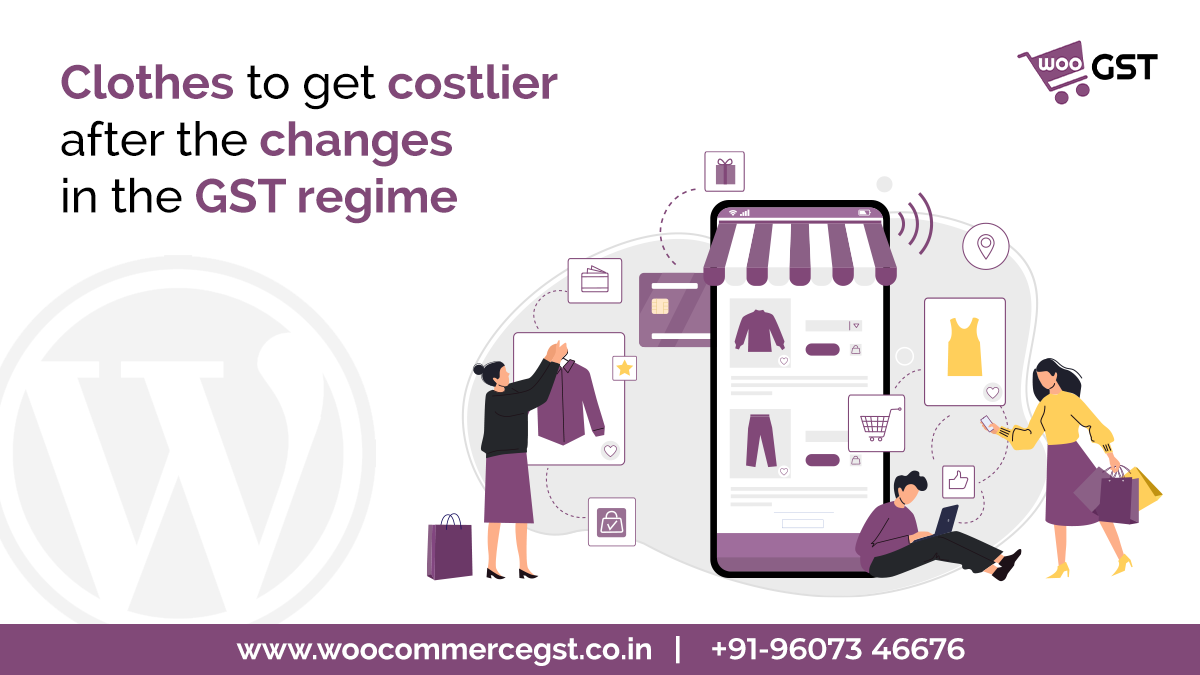
CBIC on November 18th announced the changes that are going to occur in the GST regime from the 1st of January, 2022. The government implemented these changes to prevent tax evasion
The changes are mostly procedural and hence are going to affect e-commerce businesses and food delivery service providers. It won’t impact the end consumers as the burden of GST will be on e-commerce platforms.
What will be the changes in the GST regime?
-
12% GST on apparel, footwear and textile products :
From 1st January 2022, products like apparel, footwear and textiles will attract 12% GST up from 5% earlier. Cotton products are an exception to this.
-
E-commerce transport services :
The apps like Ola/Uber providing transport cab or auto services will attract 5% of GST. However, the change will exempt the transport services of the auto-rickshaw drivers offline.
-
E-commerce Restaurant services :
Apps like Swiggy or Zomato will be liable to collect and deposit GST on the restaurants they provide services to from 1st January 2022. It will be mandatory for the restaurants to provide invoices to these food aggregators. However, it’s been taken care of that this won’t affect customers at any end.
-
Mandatory Aadhaar authentication :
As an anti-evasion measure, the businesses will have to get their Aadhar cards authenticated for claiming the GST refund.
-
Tax dues recovery without show-cause notice :
Officers will not require any prior show-cause notice to enter the premises to recover the tax dues from the 1st of January.
The realisation of the estimated tax loss of the amount of ₹20 crores due to under-reporting resulted in these changes.
All Rights Reserved. © 2023